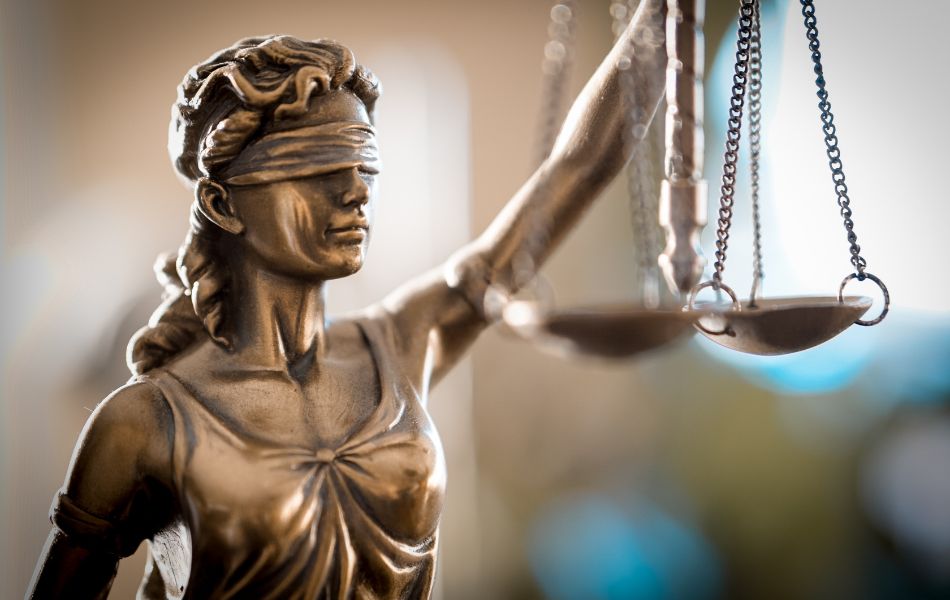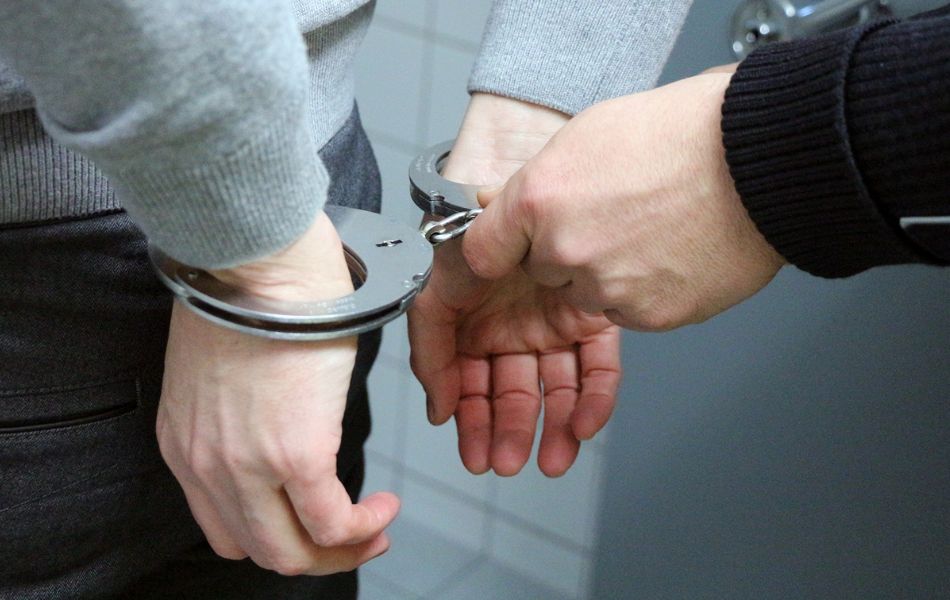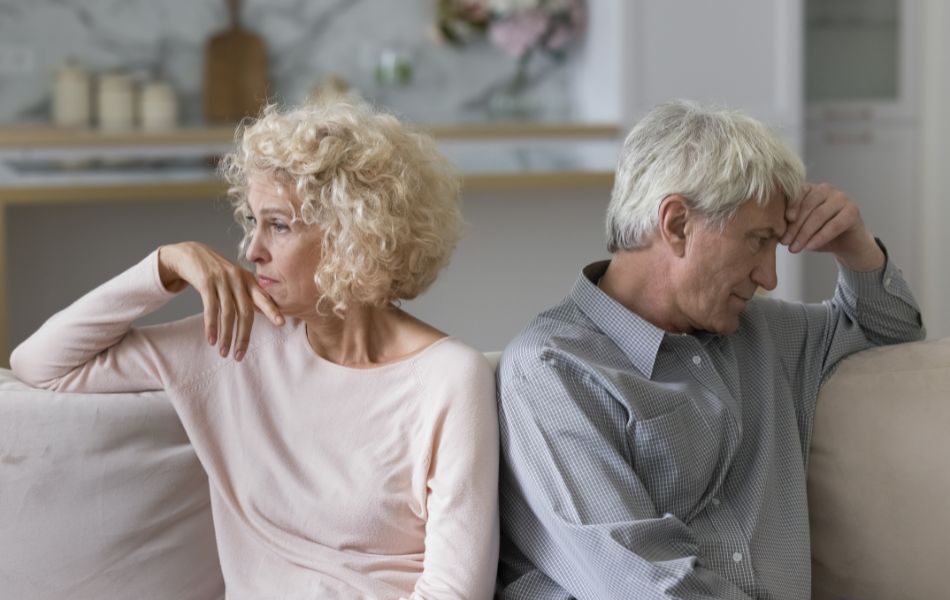A. Arraignment. Whether the criminal process is begun by an arrest or a summons, the procedure in court begins with the arraignment. The arraignment occurs on the first day the accused appears in court, and in the case of an arrest, is usually the next business day. The accused will be informed of what charges are alleged. Most courts will automatically enter a plea of not guilty on the behalf of the accused. The accused will find out if the government is seeking any bail (even if bail was already set by a bail commissioner at a police station the night before).
An accused will usually be given a copy of the Complaint, which is the document charging him or her with a crime. Often, the accused will also be furnished with a copy of a police report. Finally, the accused will be told the date of the pre trial conference, the next date the accused is due in court.
Although it is always a good idea to contact a lawyer as early in the process as possible, in most non-serious cases, it is not imperative to have a lawyer at the arraignment. The court will generally allow one month from the arraignment to the pre trial conference, and in this time the client hires a lawyer. If an accused knows what lawyer he or she will hire, it is best to contact the lawyer before the arraignment, both for a determination of whether the lawyer will need to appear (such as whether bail is likely to be sought), and to give the lawyer an opportunity to suggest dates for the pre trial conference (courts will usually give a requested date).
The pre trial conference date is usually scheduled for approximately four weeks from the arraignment.
B. Pre Trial Conference. On or before the date of the pre trial conference, an accused’s lawyer will generally discuss the case with the assistant district attorney prosecuting the case. If appropriate (and of course with the consent of the accused), the lawyer will discuss plea options – options to end the case short of a trial, usually with some admission of wrongdoing, but frequently without a guilty verdict. If the case does look as if it will plea out, then that plea may go forward on that day.
If the case looks like it is headed for a trial, then the lawyer will complete a Pre Trial Conference Report with the assistant district attorney, and file it with the court. The Pre Trial Conference Report is an agreement wherein the government agrees it will turn over all the information it has (including exculpatory evidence – evidence helpful to the accused) to the accused, and the accused agrees to turn over certain limited information to the government. Once the Pre Trial Conference Report is filed, the case is scheduled to come back to court for a compliance and election date.
The compliance and election date is usually scheduled for approximately four weeks from the pre trial conference date.
C. Compliance and Election Date. The compliance and election date is scheduled to accomplish two things: it is a date when all evidence (theoretically, at least) is due from the government to the accused (the compliance portion), and it is the date when the accused chooses whether he or she wants to be tried by a jury or a judge alone (the election portion). The trial is also scheduled on the compliance and election date.
The trial is usually scheduled for eight to twelve weeks after the compliance and election date.
D. Trial. An accused is entitled to a trial by jury in all criminal cases in Massachusetts. In the alternative, an accused can opt to be tried by a judge alone. Whether an accused should opt for trial by judge or jury is one that should be discussed in detail with the lawyer.
For cases in the District Court, a jury consists of six people, chosen at random from the community. The accused is entitled to assist in choosing that jury. The jury’s verdict must be unanimous, and the government is required to prove guilty beyond a reasonable doubt. The jury is responsible for making all determinations of fact, including weighing the credibility of witnesses. The judge makes rulings on the law that applies to the case, and instructs the jury as to the law.
For cases before a judge alone (also known as a bench trial), the judge acts as both fact finder and determiner of the law. The Commonwealth is still obligated to prove guilt beyond a reasonable doubt.
Most people are familiar with the actual mechanics of a trial. After choosing a jury (if the case is tried to a jury), the government makes an opening statement, indicating what the assistant district attorney expects the evidence to show. The accused’s lawyer is then given the opportunity to make an opening statement, although he or she is not required to do so at all, or can choose to reserve the opening until the government rests its case. Since it has the burden of proof, the government goes first, and calls each of its witnesses. The defense is entitled to cross examine each witness as he or she testifies. After the government has called its last witness it rests its case. It is then the accused’s turn to put on a case, although he or she is not required to do so. After all of the witnesses testify, the defense goes first in closing argument. The government, since it bears the burden of proof, argues last. The judge then instructs the jury (if there is one), and the jury deliberates, eventually coming back with a verdict.




